Concerning both the ultimate use and the desired aesthetic aspects of the finished product, fabric selection is based on cost and price considerations. Textiles are utilized in various industries, including clothing, home furnishings, and industrial purposes. The production of a variety of typical types of cloth and fabric can be accomplished through the weaving process.
Weaving is a process that may produce long-lasting fabrics such as cotton, both of which are commonplace in our lives. Even though we regularly use cloth and fabric, we rarely stop to consider where these materials come from or how they are manufactured.
Table Of Contents
What is Woven Fabric?
Weaved fabrics refer to any fabric that has been created via the use of the warp and weft yarn inserting weaving method. Two separate sets of yarns or threads are interwoven at a right angle to each other to create a fabric or cloth in weaving. A loom's primary duty is to maintain tension on the warp threads while the weft threads intertwine.
Interweaving techniques have a significant impact on the final woven fabric's qualities. When it comes to the weave's qualities, not only does the type of fiber matter but so does the thickness of the yarn. Weaved textiles can only be stretched diagonally (on the bias) and are prone to fraying at the ends. The fabric weave design is chosen depending on the cloth's intended usage.
What is Weaving?
Weaving is a procedure that involves precise patterns and steps, and it may be done either by experienced people or by an automated weaving machine. Both methods are capable of producing high-quality fabrics with attractive designs.
Weaved cloth is renowned for its aesthetic appeal, long-term durability, and insulating properties. In the following paragraphs, we will take a more in-depth look at the many different forms of weaving to gain an understanding of the procedures that generate a variety of patterns and textures.
Early History
Probably as long as human civilization, the weaving process has been around. Covering one's body is a basic human need, both to keep one's body protected from the elements (such as heat and cold) and to appear more "civilized" to others. Other factors that have led to the evolution of different clothing throughout history include social rank, religious needs, etc.
Some 600 years ago, Egyptians were weaving cloth, according to archaeological evidence. Silk has been incorporated in China for over 4,000 years. The handloom is thought to have been invented numerous times throughout history by various cultures. Until the development of the fly shuttle, weaving process was primarily a cottage enterprise. Kay devised the fly shuttle in 1733, which was manually driven.
In 1745, de Vaucanson devised a loom that allowed him to regulate each warp end individually, which Jacquard later enhanced. Cartwright developed power looms in 1785, functioning from a contact of a single point. Waxes were manufactured with cast iron powered by steam in the early 1800s.
The quick sizing machine was invented in 1803 because the power loom demanded stronger warp yarn. Around 100,000 shuttle looms were in use in England by the 1830s. It is safe to say that the looms used in this procedure were very similar to the shuttle looms of today.
Winding and warping yarns became more efficient and precise in the early 20th century. In addition to warp tying machines and warp drawing-in equipment, the looms have been upgraded to a higher standard.
After World War II, the modern textile industry emerged. The advent of synthetic fibers has transformed the textile industry. In 1930, an engineer named Rossmann created a working prototype of a projectile weaving machine. In 1953, the first projectile weaving machines for commercial use were delivered.
Fundamental Principle
Progress in weaving has been focused on speeding up the traditional technique, which is based on a fundamental premise. More than two thousand meters per minute have been added to the filling rate over hundreds of years. Textile machinery has shown significant growth. In addition to ITMA, ATME-I, and OTEMAS, the three major textile machinery exhibitions in the world are held every four years.
Typically, these shows are paired with one another. Traditional single-phase looms have reached their theoretical maximum filling insertion rates. New technologies, like multiphase weaving machines, are the only way to make even more significant gains in performance.
Different Types of Weaving
Weaving can be done using a variety of patterns, each of which contributes to creating a unique material and effect. There is a wide range of complexity in the designs used for weaving.
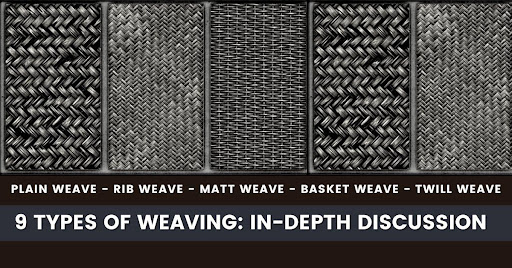
1. Plain Weave
Alternate warp and weft yarns are used in a simple weave. Over the neighboring weft strands, adjacent warp yarns pass. Weft and warp are alternately intertwined in the plain weave, allowing for the most significant amount of interlacements possible. The interlacement's maximal extent boosts the structure's stiffness and stability. Plain weave is referred to as broadcloth, taffeta, shantung, poplin, calico, tabby, and alpaca in the trade.
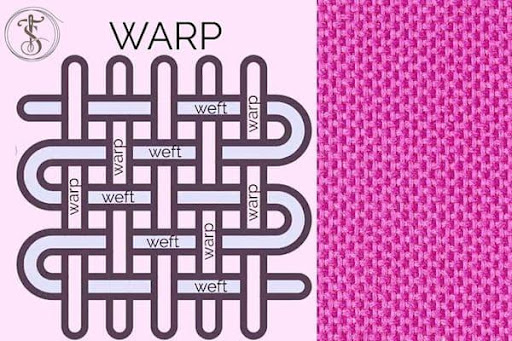
To weave the basic unit, you'll need at least two ends and two picks. This weave requires a minimum of two healing frames, although it is possible to utilize more than two healing frames to weave this design. The warp and filler threads alternately cross in this style of weaving. Its many applications are cambric and muslin fabrics, blankets and canvases, dhotis and sarees, shirts and suits, etc.
There are three different types of plain weaves. They are as follows:
- Warp Ribs
- Weft Ribs
- Matt Weave
|
Plain Weave |
||
|
Warp Rib |
Weft Rib |
Matt Weave |
|
⮚ Regular ⮚ Irregular |
⮚ Regular ⮚ Irregular |
⮚ Regular ⮚ Irregular ⮚ Fancy |
a. Warp Ribs
Plain weave is given a twist with the addition of a warp rib weave. It differs from simple plain weaves in that it features 1/1 interlacements in the direction of filling. In the warp direction of the fabric, this changed interlacement results in the production of cords, ridges, or roughness. The grouping of the filler yarns causes these cords or bumps to appear.
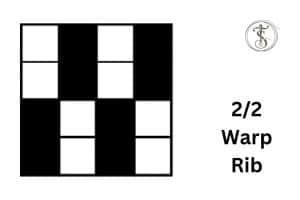
There are always two warp yarns used in a warp rib repeat. A minimum of two heald frames are needed, but more can be used. An individual repetition unit in this weave contains the number of weft strands that make up that number. A 2/2 warp rib, for instance, necessitates the use of two warp and four weft strands. Ottoman is another name for a warp rib.
There are two types of warp rib:
- Regular
- Irregular
b. Weft Ribs
Plain weaves can also be changed to include weft ribs. In the wrap director, there are 1/1 interlacements. In the weft direction of the fabric, this interlacement results in cords, ridges, or texture. The clustering of the warp yarns causes these cords or bumps to appear. Weft rib repeats on two weft yarns alone.
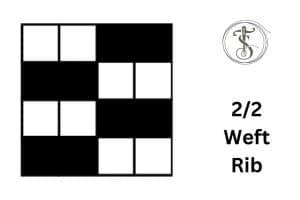
While the first weft yarn is oriented following the formula, the second weft yarn is introduced in the opposite direction. Two weft strands and four warp yarns are needed for a 2/2 weft rib, for example. Half Panama is another name for weft ribs.
There are two basic types of warp rib:
- Regular
- Irregular
c. Matt Weave
When two or more threads operate in opposite directions, this sort of weave is created by expanding the plain weave in both the warp and weft directions at almost the same time. On the front and back of the fabric, squares of the same size emerge, indicating that both the warp and weft yarns have the same number of threads. Matt weave is also a complete Panama, hopsack, and basket weave in the commercial world.
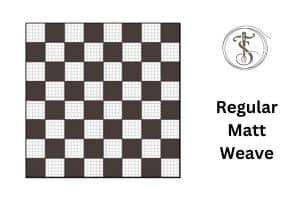
Extending and modifying the matt weaves can give them more prominence, although their loose structure constrains them. It is common for matt weave warp ends to twist around one another. The warp ends that operate alike are taken from various slits of the reed to avoid twisting the threads.
There are three types of warp rib:
- Regular
- Irregular
- Fancy
2. Satin Weaves
Satin or sateen is a simple weave that lacks a distinct geometric pattern. On one side, sateen fabrics are distinguished by floating threads to achieve a high sheen. As a result, satin-weave fabrics are more glossy than their counterparts. Mostly, the warp threads are visible, except for a single interlacement with a different sequence of yarn.
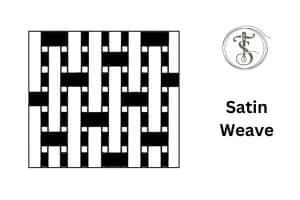
Sateen refers to a weft-faced fabric, meaning the surface mainly reveals the fabric's weft threads. Each repeating unit of this weave features a single interlacing of warp and weft threads. Among the fundamental weaves, these have the fewest interlacement points. Because of this, the fabric's surface is more lustrous and smooth. In addition to these features, a closer packing of the threads is feasible, giving this weave its highest potential cover factor.
3. Crepe Weave
These weaves are called crepes since they don't have any particular weaving pattern. The semblance of twills can be seen in these weaves. However, they lack prominence. On the fabric's surface, they leave behind tiny patterns or dots that resemble seeds. The right and left-hand twist of warp or filling yarns can provide a crepe look, as can hard twisted yarns.
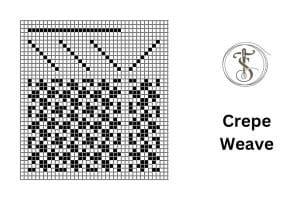
Fabrics with intricate patterns are often made using crepe weaves for the ground. Using a crepe weave, a rough appearance can be achieved. This mix of crepe yarns and weaves will provide a more pronounced pebbly or puckered appearance.
4. Twill Weave
The twill weave is another type of basic weave. It is distinguished from other kinds of weaves by the creation of diagonal lines in the fabric as a result of its interlacing pattern. The cosmetic reasons call for this weave and any derivatives that can be made from it. Compared to plain weave, twill has a closer arrangement of the yarns since there is less interlacement.
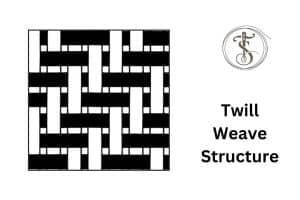
This results in the fabric having a more significant weight and a superior drape. When making a simple twill, the interlacing pattern will always move outward and upward, resulting in a diagonal line in the design. The right-hand and left-hand varieties of twill are distinguished by the direction in which the twill line grows as it is propagated.
Compared to other weaves using the same type of fiber and yarn in the same size, twill weaves are denser, heavier, and more durable. They can be crafted into elaborate patterns. Drill cloth, khaki uniforms, denim fabric, blankets, shirtings, hangings, and soft furnishings are some of the many uses for twill weaves. Other typical applications include denim cloth and khaki uniforms. The following is a description of several standard variations on the twill weave:
Zigzag: A zigzag look can be achieved in a twill fabric by reversing the direction of the diagonal threads at regular intervals along the width of the cloth. This creates a zigzag weave. The zigzag weave is created by merging two twill weaves, one S and one Z, with an equal number of repeats.
Diamond: Diamond weaves are created by merging two symmetrical zigzag weaves with an equal repeat. This results in a diamond-shaped pattern. Diamond patterns are balanced in both the vertical and horizontal planes.
Herringbone: Herringbone weave is similar to zigzag weave in that the twill direction is periodically reversed. However, in this type of weave, we find that the interlacement sequence is changed at the section when the order of twill is reversed. Therefore, the lines of twill will start as they usually would.
Diaper: The combination of two herringbone patterns creates a weave known as a diaper weave. The designs of diapers are symmetrical in a diagonal fashion.
5. Huck a Back Weave
The Huck a Back Weave is a substantial and functional type of toweling produced by lazily twisting the filling yarns to improve absorption. Because it has longer floats in two of its quadrants, it is more effective at absorbing moisture and is therefore used in towels.
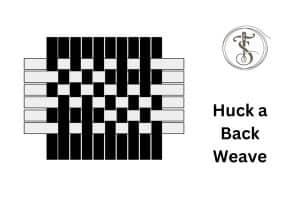
This particular weave combines plain weaves in two of the four quadrants and longer floats of symmetric weaves in two of the other quadrants. The structure is made more robust by the plain weave, but the longer float weave increases the absorptivity of the fabric, making it more suitable for the function described earlier in the sentence.
This weave uses a particular draft to create the fabric. The draft is organized in such a way that odd threads are drawn from the two heald frames located in the front of the loom, and even lines are drawn from the two heald frames situated in the back of the loom. With the help of this specialized draft, it will be possible to weave plain cloth without redrawing the beam.
To achieve this goal, the first and second healed frames are coupled, and the third and fourth healed frames are connected. Sometimes, honeycomb huck back weaves are created by combining plain weaves with longer float symmetric weaves. This type of back weave also goes by the name honeycomb huck, a back weave.
6. Mock Leno Weave
A mock leno weave is a type that imitates a leno weave. Its primary function is to prevent the yarns in open fabrics from moving. This type of weave is a form of cloth comparable to gauze. The weave is made up of four different sections or quadrants. An asymmetrical weave can be seen in the first and third quadrants, while an opposite weave can be seen in the second and fourth quadrants. This particular style of weaving is used to create perforated fabrics.
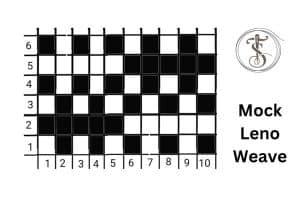
To generate this look, the symmetric unit of the weave is turned upside down in alternate quadrants of the pattern. The system of denting that is utilized in this weave has the capability of either enhancing or concealing the appearance of the fabric.
If the last end of one group of threads is passed through the split at the same time as the first end of the following set of lines, the tendency of the threads to run together will be mitigated.
7. Honey Comb Weave
The Honey Comb Weave gets its name from the honeycomb-like structure of the woven fabric, which resembles that of a honey bee's web. A cell-like appearance is achieved as a result of the formation of ridges and hollow structures by this process. The warp and the weft threads are allowed to move freely on both sides of this weave, which contributes to its rough structure.
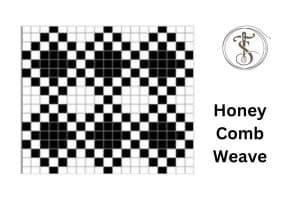
The name of the weave is typically found in towels but can also be used for cotton or wool suiting. The resulting fabric has a longer float over its entirety due to the use of this weave. Because of this feature, these weaves were excellent for making things like blankets, bed covers, and towels.
This weave can be further subdivided into three distinct varieties, each described in more detail below. The majority of the time, these weaves are made using repeats that are a multiple of four in both the ends and the picks.
There are three types of honeycomb weave as follows:
- Single-Ridge
- Double-Ridge
- Brighton
8. Pique and Welts
Pique is a type of weave that uses a plain face cloth made up of a series of warp and weft threads and several sewing threads. Welts are another type of weave. The creation of horizontal lines gives this weave its distinctive appearance.
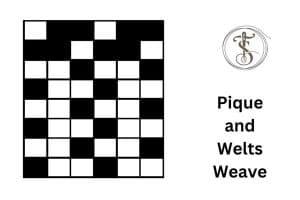
This particular weave calls for using two beams: one for the threads of the plain weave and the other for stitching the ends. The term "welt" refers to the pique construction, which occurs when the indentations cause the cloth to display lines that are either deep or hollow.
9. The Bedford Cord
The Bedford Cord Weave is a particular type that distinguishes itself from other kinds of weaves by producing longitudinal warp lines in the cloth and small sunken lines in between. This cloth is commonly used to construct suits for their ornamental value. This weave can be built using a straightforward process.
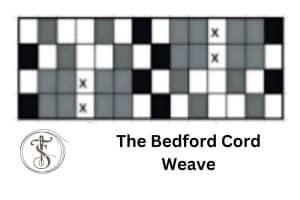
To get the number of times, the weave will repeat, multiplying the cord ends by two. The total number of weave repeat ends will be the value produced due to this calculation. This weave has a pick repeat of four throughout. To construct it, the weave repeat, which consists of the warp ends, is cut in half.
The initial and the termination of each of the halves are considered to be the cutting ends. These cutting ends are then given a plain weave insertion. In the Bedford cord, these simple ends have the same function as sunken ends.
Final Verdict
A textile fabric can be thought of as a collection of fibers, yarns, or a combination of the two that are sewn together. Many different fabric structures can be produced by other manufacturing methods depending on the raw materials, equipment, and technology utilized as well as how to control elements in the processes that are set up.
Fabric is produced in a highly diverse range of styles and variations. And the various designs and effects are made on the material with the assistance of multiple mechanisms. These mechanisms help produce a variety of weaves and a great deal of innovation, both of which improve the appearance of garments. This content aimed to investigate the different types of weaves and their sub-category. Hope you enjoyed our session!

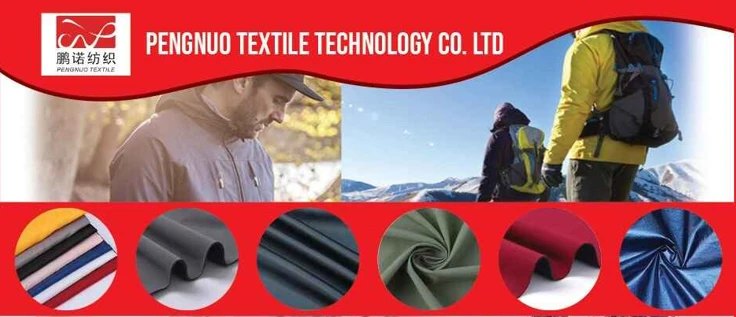



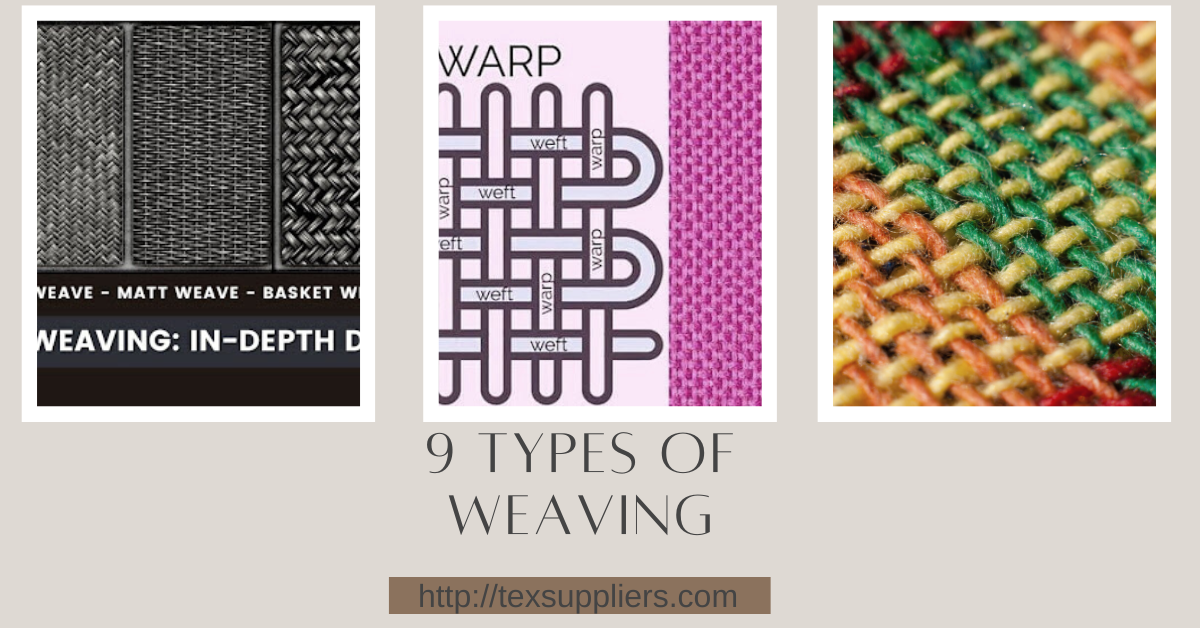

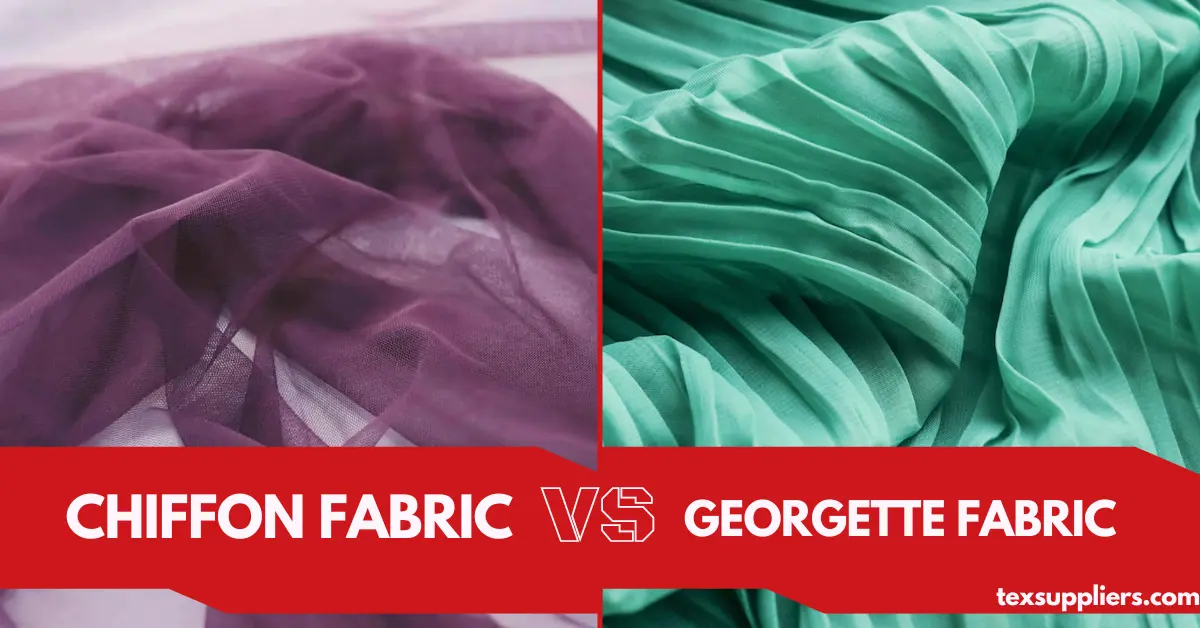
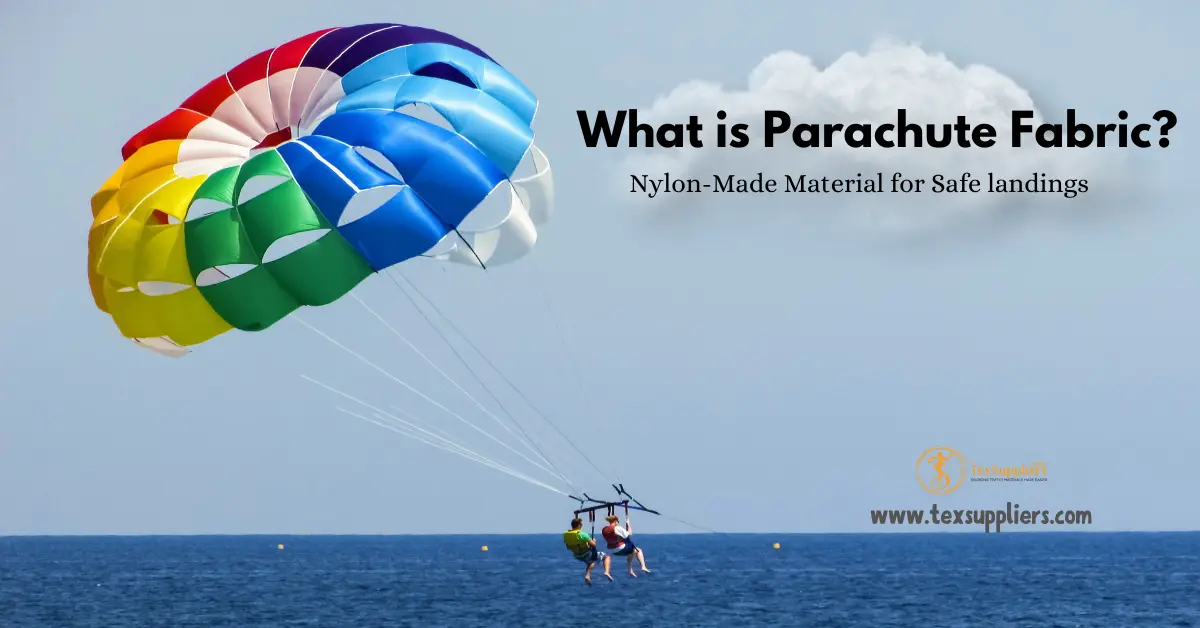
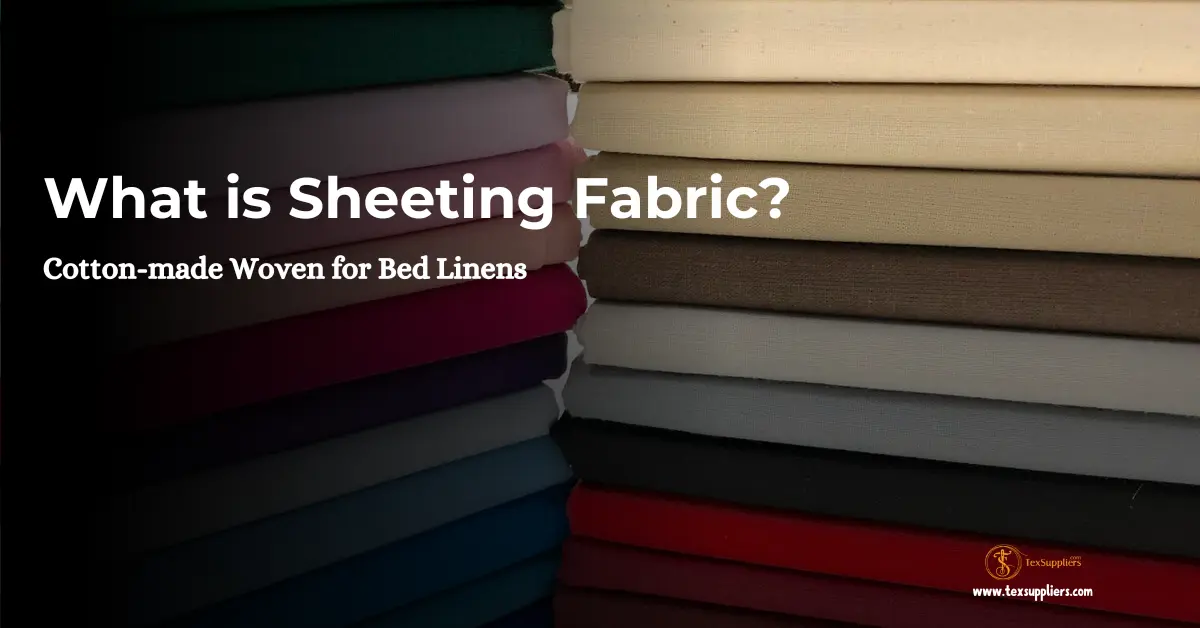
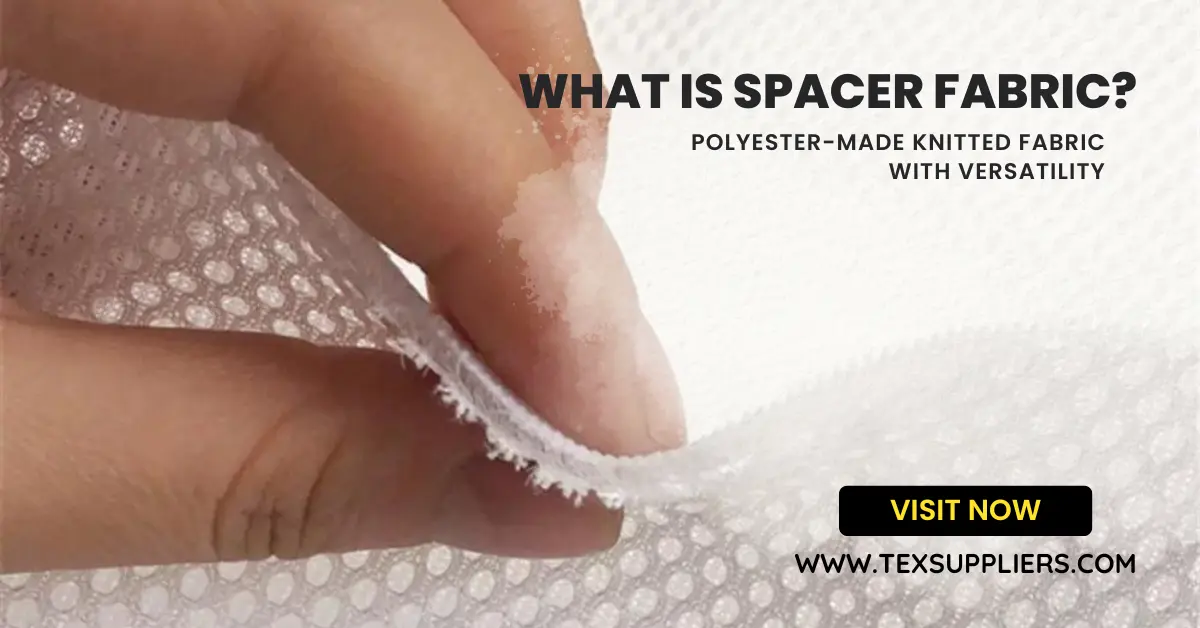
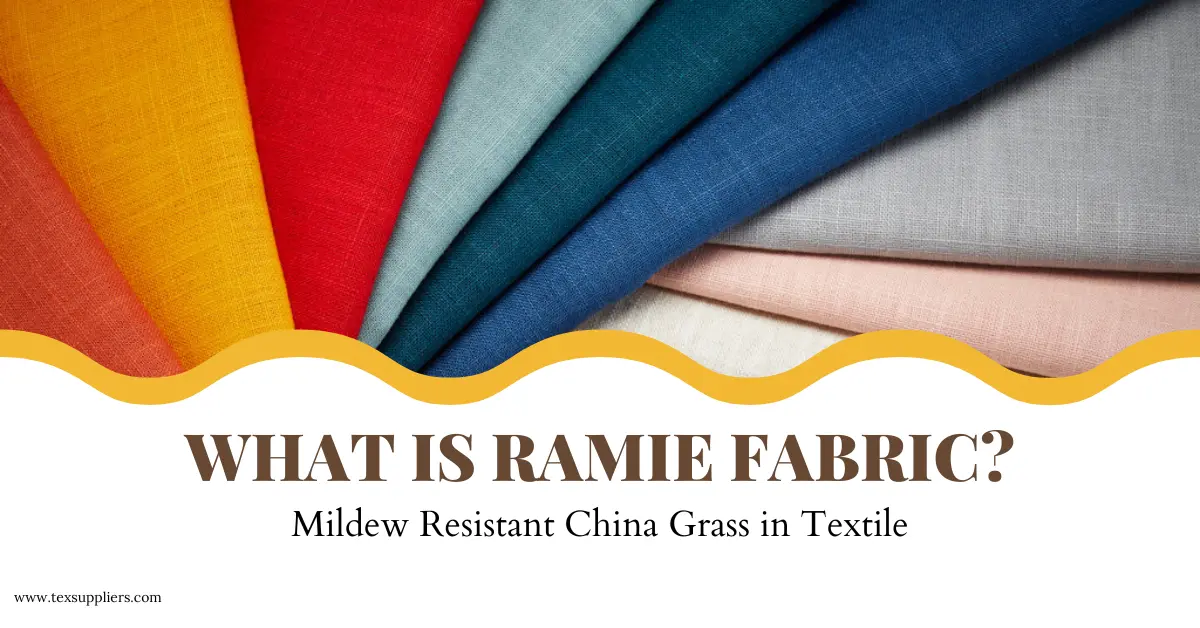
Comments - 00
Leave A Reply
Thanks for choosing to leave a comment.